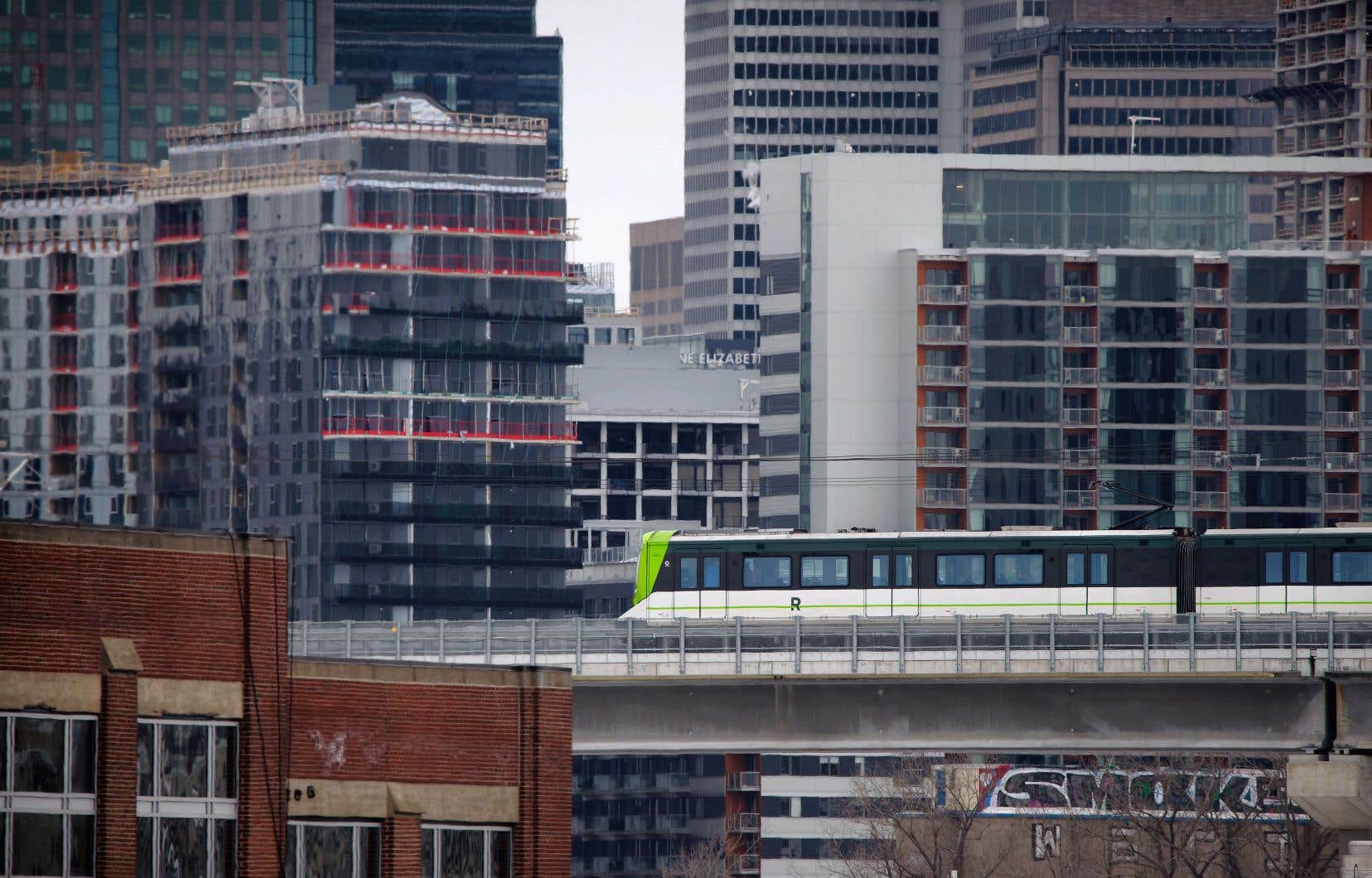Public policy should not be judged based on its intentions, but on its results. The adage “Hell is paved with good intentions” reminds us all too well. However, Montreal Mayor Valérie Plante seems to insist that we judge the objectives of her regulation for a mixed metropolis – also known as the “20-20-20 regulation” – rather than its observable effects.
While the regulation is still presented to us as a means of promoting affordability by inserting social, affordable and family housing into all projects of five or more housing units, it has instead become operationalized in the form of a tax.
The data collected by the City of Montreal clearly indicates this: no social housing has been built in 97% of the projects covered by this regulation. In return, the City was able to bill developers more than $38 million in taxes. They were raised by imposing a contribution on developers of up to $10,535 per housing unit built.
As you can well imagine, they responded to this tax by increasing the sale or rental prices of new residences, passing the bill on to owners or tenants. The failure of the measure is unequivocal.
We could expect that, faced with this observation, the administration would admit that it was on the wrong track and repeal this regulation for the good of Montrealers. Instead, she adds more by proposing to increase the level of the contribution — read here: tax — imposed on developers.
This is part of a dynamic where, rather than considering developers as part of the solution to develop the offer, the municipal administration adopts a confrontational approach, perceiving them as an obstacle to its solutions and its ways of doing things.
Since the Plante administration took office, for example, there have been nearly 25,000 housing units hampered by the decisions of the municipal administration. The development of the Bridge-Bonaventure sector is an example that shows this dynamic at work.
This sector, located a stone’s throw from the city center, between Wellington Basin, Nuns’ Island and the Old Port, had a development potential of up to 15,000 housing units, according to the developers interested in the project.
After initially setting the limit at 4,000 housing units, the municipal administration changed its mind and increased its limit to 7,600 housing units, or barely more than half of the perceived potential. With the stroke of a pen, the Plante administration has eliminated 7,400 potential new housing units for Montreal families.
However, it is clear that the construction of these housing units could have helped to counteract the rapid rise in rents that we have seen in recent years.
Travel chain
Studies examining the phenomenon show that the construction of new housing, regardless of the price range, helps free up more affordable apartments for those who need them. This is the dynamic of the “displacement chain”.
Indeed, when a family moves into new housing, they vacate the housing they occupied, often at a lower price, for another family. This chain of movement leads to positive effects at all income levels.
A study indicates that, for every 100 housing units built, regardless of the price, this shift makes a minimum of 45 housing units available in neighborhoods where the average income is below the median income, including 17 for the least well-off quintile.
In other words, the nearly 25,000 housing units hampered by the Plante administration since it took office represent a missed potential of 10,700 housing units released in working-class neighborhoods, including 4,000 at prices accessible to the least well-off quintile.
On the affordability front, it’s clear that these units would have done much more than the administration’s flagship measure — the 20-20-20 regulation — has done to date.
The fact is that if housing is so expensive today in Montreal, it is because the growth in supply has not kept pace with that of demand in recent years.
This is the observation made by the Canada Mortgage and Housing Corporation when it states that Quebec should build 1.2 million housing units by 2030 if we want to return to former affordability. This is not something that will be done through taxes or regulations, but by untying the hands of promoters.
We have no doubt about the goodness of the mayor’s intentions, but it is the results that matter for all Montrealers who are currently having difficulty paying for their housing.
